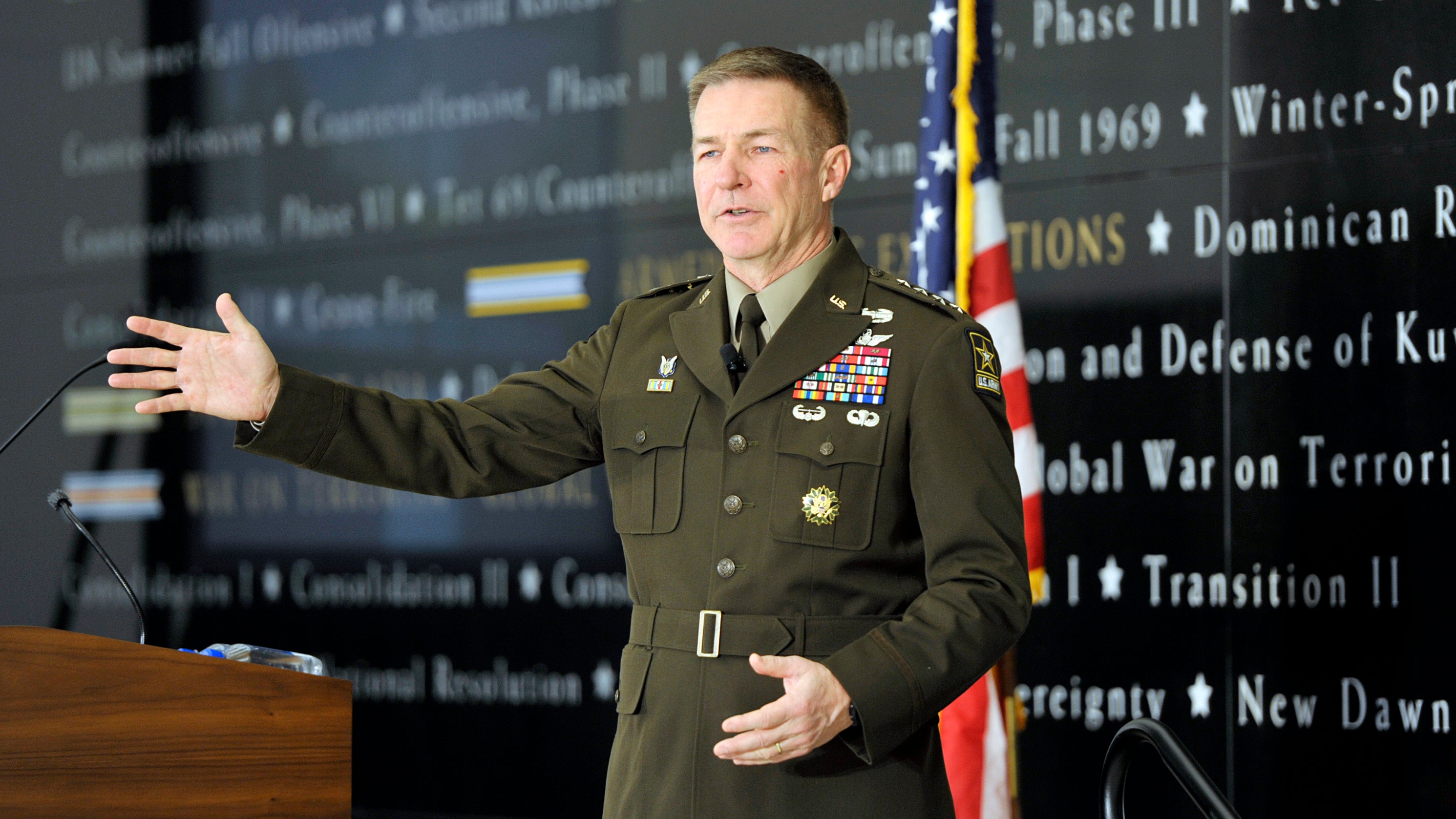Flat Budgets to Force Tough Army Choices
Flat Budgets to Force Tough Army Choices

The Army faces tough choices as it pushes ahead with an ambitious modernization effort during a time of flat budgets, the service’s top officer said.
“We can’t have everything," Army Chief of Staff Gen. James McConville said July 31 during a virtual event hosted by the Center for Strategic and International Studies.
Work on the Army’s six modernization priorities—long-range precision fires, next-generation combat vehicle, future vertical lift, the network, air and missile defense and soldier lethality—is well underway, he said, citing as examples tests of new hypersonic capabilities, mid-range missiles and an extended range cannon, he said.
These six essential capabilities “have to happen,” McConville said, “so some of the things that may be incremental improvements to our current systems, we are not going to be able to invest in, although some would like us to.”
The Army’s modernization priorities fuel a “major transformational effort” in the Army, McConville said.
From new equipment and units to a new operating concept and a 21st century talent management system, the Army’s efforts now will “set the course for the next 40 years,” he said. “They are going to allow us to have overmatch and great-power competition, so I think it is very, very important that we continue these efforts.”
As the Army modernizes the force, leaders also continue to work closely with the other services and partners and allies, particularly in the Indo-Pacific, which is a priority region outlined in the National Defense Strategy, McConville said.
“When we look at the region, there’s great-power competition there, and great-power competition is really about the people,” he said.
As part of the joint force, the Army looks to help meet combatant commanders’ needs. This includes providing capabilities such as a security force assistance brigade that can advise, assist and develop strong relationships with allies and partners, McConville said. Another capability is the Army’s new multidomain task force, which can provide long-term, long-range precision effects or fires, he said.
The Army’s partners and allies in the Indo-Pacific are looking for “a strong friendship, a strong partnership,” McConville said. “They want a free and open Indo-Pacific. They want to be able to have a stable and secure area.”

